A 18-year-old Tennessee man who helped set in motion a fraudulent distress call to police that led to the death of a 60-year-old grandfather in 2020 was sentenced to 60 months in prison today.

60-year-old Mark Herring died of a heart attack after police surrounded his home in response to a swatting attack.
Shane Sonderman, of Lauderdale County, Tenn. admitted to conspiring with a group of criminals that’s been “swatting” and harassing people for months in a bid to coerce targets into giving up their valuable Twitter and Instagram usernames.
At Sonderman’s sentencing hearing today, prosecutors told the court the defendant and his co-conspirators would text and call targets and their families, posting their personal information online and sending them pizzas and other deliveries of food as a harassment technique.
Other victims of the group told prosecutors their tormentors further harassed them by making false reports of child abuse to social services local to the target’s area, and false reports in the target’s name to local suicide prevention hotlines.
Eventually, when subjects of their harassment refused to sell or give up their Twitter and Instagram usernames, Sonderman and others would swat their targets — or make a false report to authorities in the target’s name with the intention of sending a heavily armed police response to that person’s address.
For weeks throughout March and April 2020, 60-year-old Mark Herring of Bethpage, Tenn. was inundated with text messages asking him to give up his @Tennessee Twitter handle. When he ignored the requests, Sonderman and his buddies began having food delivered to Herring’s home via cash on delivery.
At one point, Sonderman posted Herring’s home address in a Discord chat room used by the group, and a minor in the United Kingdom quickly followed up by directing a swatting attack on Herring’s home.
Ann Billings was dating Mr. Herring and was present when the police surrounded his home. She recalled for the Tennessee court today how her friend died shortly thereafter of a heart attack.
Billings said she first learned of the swatting when a neighbor called and asked why the street was lined with police cars. When Mr. Herring stepped out on the back porch to investigate, police told him to put his hands up and to come to the street.
Unable to disengage a lock on his back fence, Herring was instructed to somehow climb over the fence with his hands up.
“He was starting to get more upset,” Billings recalled. “He said, ‘I’m a 60-year-old fat man and I can’t do that.'”
Billings said Mr. Herring then offered to crawl under a gap in the fence, but when he did so and stood up, he collapsed of a heart attack. Herring died at a nearby hospital soon after.
Mary Frances Herring, who was married to Mr. Herring for 28 years, said her late husband was something of a computer whiz in his early years who secured the @Tennessee Twitter handle shortly after Twitter came online. Internet archivist Jason Scott says Herring was the creator of the successful software products Sparkware and QWIKMail; Scott has 2 hours worth of interviews with Herring from 20 years ago here.
Perhaps the most poignant testimony today came when Ms. Herring said her husband — who was killed by people who wanted to steal his account — had a habit of registering new Instagram usernames as presents for friends and family members who’d just had children.
“If someone was having a baby, he would ask them, ‘What are your naming the baby?’,” Ms. Herring said. “And he would get them that Instagram name and give it to them as a gift.” Continue reading











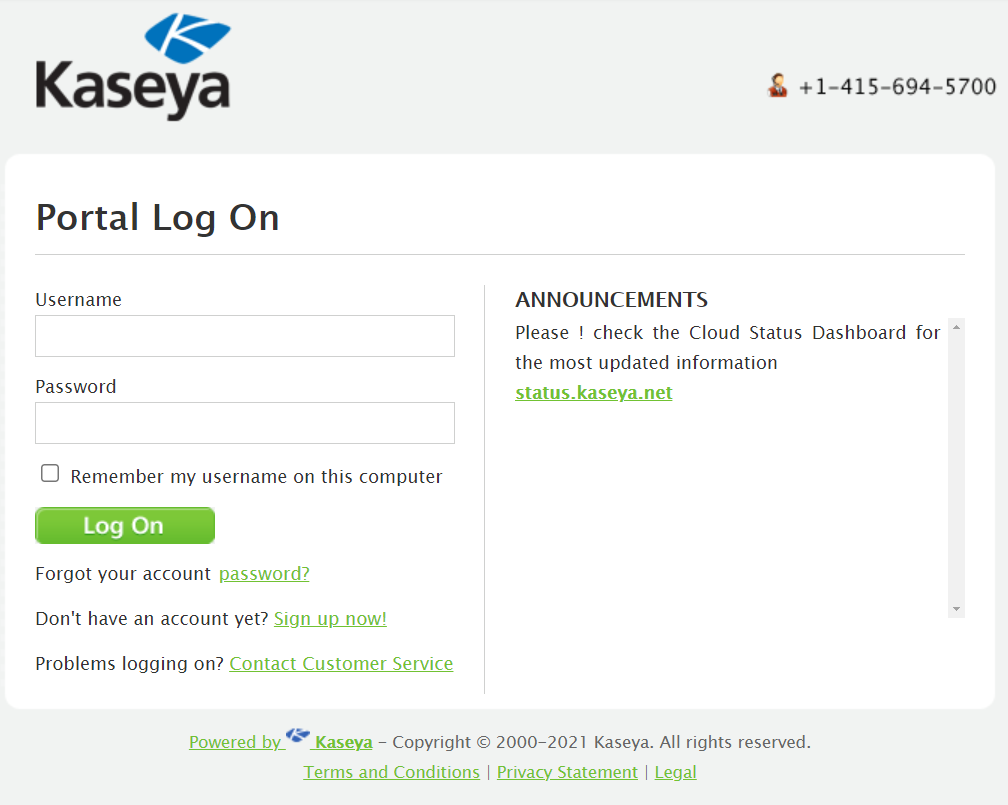

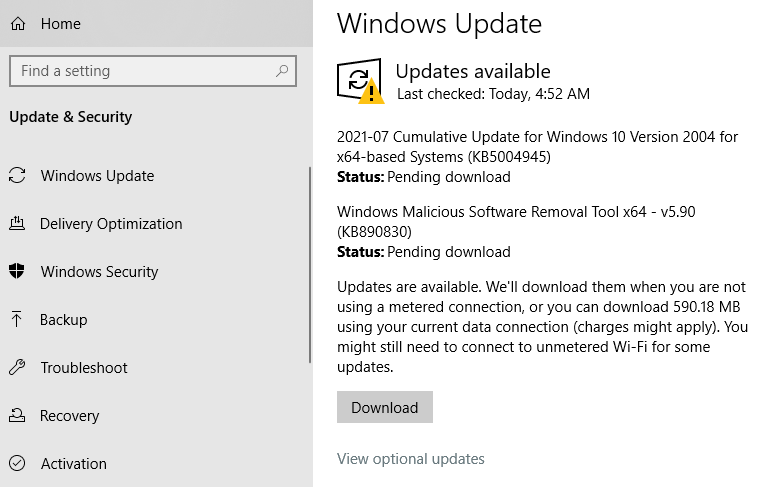
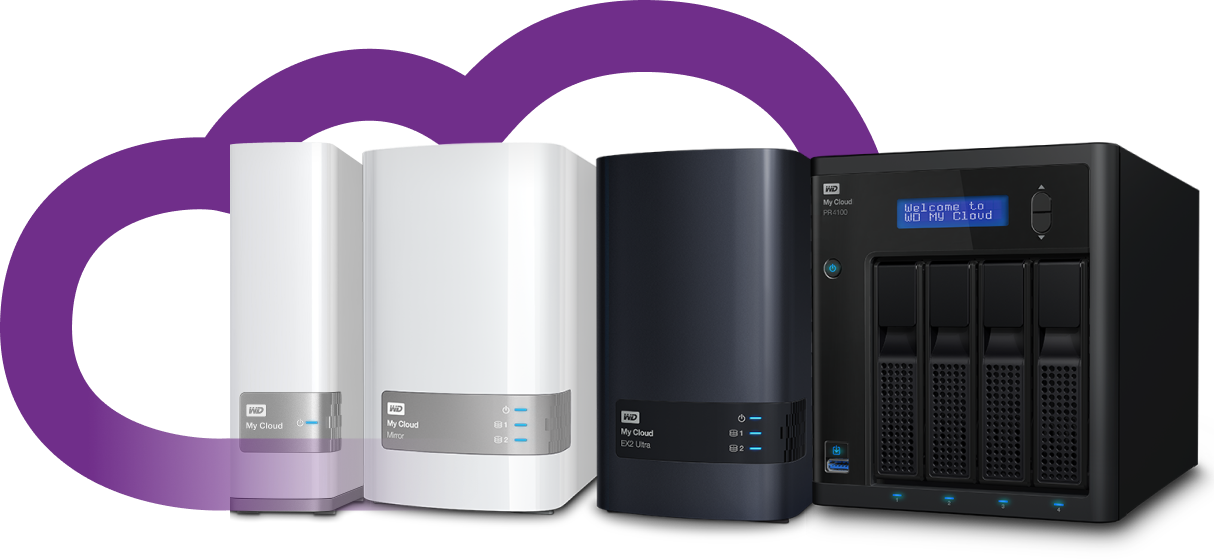
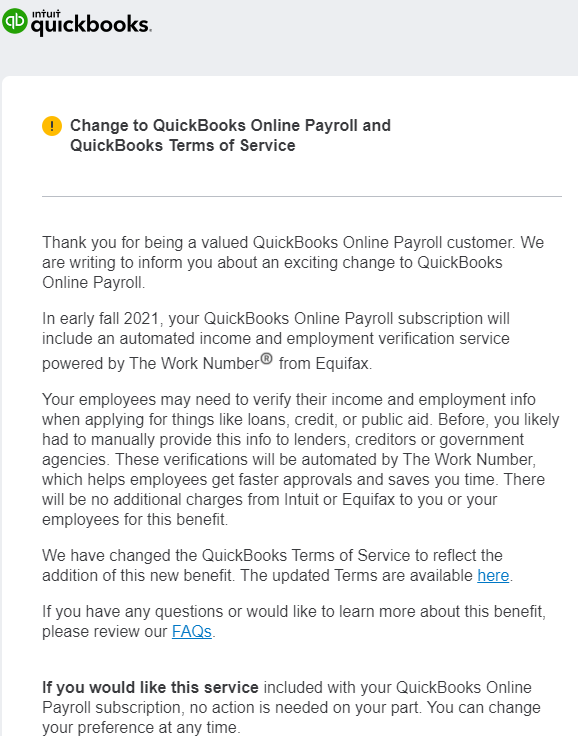

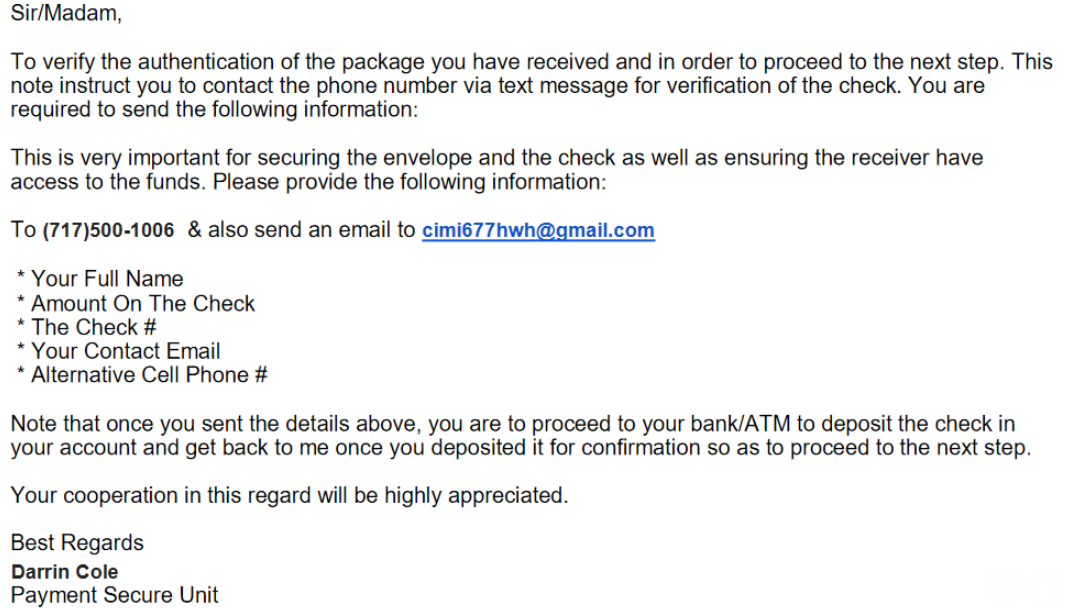

 Both the USPS and FedEx have an interest in investigating because the fraudsters in this case are using stolen shipping labels paid for by companies who have no idea their FedEx or USPS accounts are being used for such purposes.
Both the USPS and FedEx have an interest in investigating because the fraudsters in this case are using stolen shipping labels paid for by companies who have no idea their FedEx or USPS accounts are being used for such purposes.